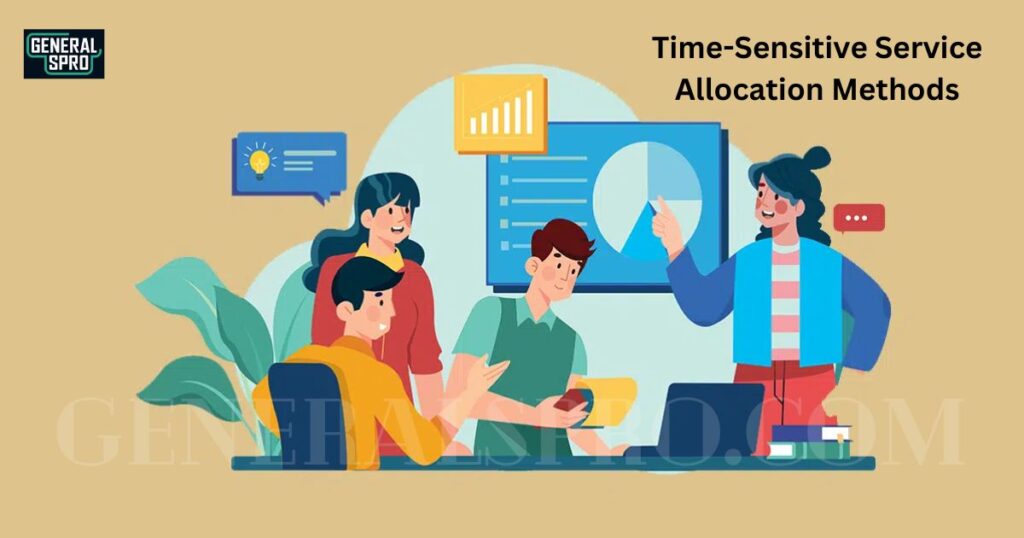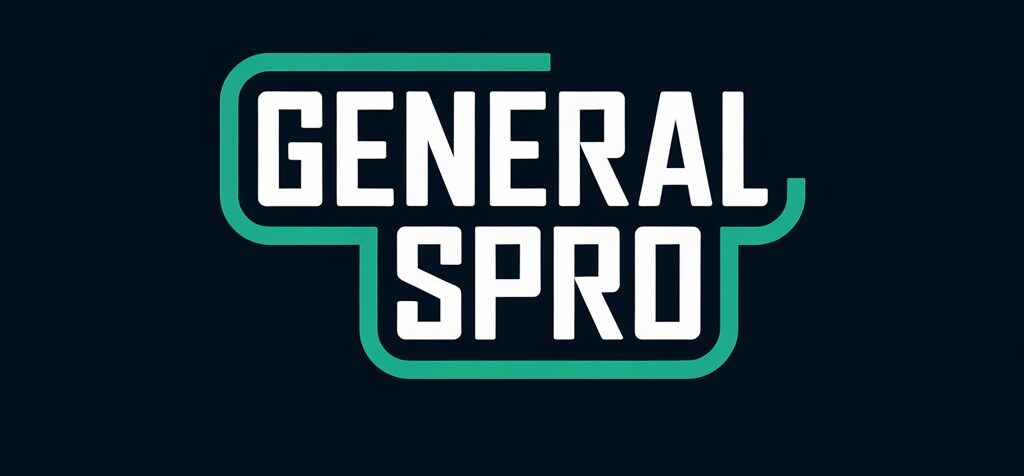In today’s fast-paced business environment, how we communicate service policies can significantly impact customer satisfaction and operational efficiency.
While “first come, first serve” is widely understood, professionals often seek more polished alternatives that maintain clarity while elevating their communication style.
This comprehensive guide explores professional substitutions for this common phrase, helping you enhance your business communications.
Is It Professional to Say “First Come First Serve”?

The phrase “first come, first serve” has become deeply embedded in everyday business language.
However, its casual nature may not always align with professional standards. Organizations increasingly recognize the need for more sophisticated time-based reservation systems that better reflect their brand identity while maintaining clear communication about priority access.
Concerns About the Phrase
Grammar enthusiasts often point out that the technically correct form is “first come, first served” (with a ‘d’). Beyond grammar, the informal nature of this expression might not convey the level of professionalism many businesses strive to maintain.
In high-stakes environments or luxury services, more refined language choices can better represent your brand’s values and service standards.
Applications of FIFO:
In professional settings, FIFO represents a systematic approach to managing priority-based allocation. This method finds applications across various industries:
- Inventory Management
- Stock rotation
- Perishable goods handling
- Warehouse operations
- Customer Service
- Queue management
- Appointment scheduling
- Service delivery protocols
The Early Bird Gets the Worm
This metaphorical expression adds a touch of personality while maintaining professionalism. It’s particularly effective for:
- Limited-time access opportunities
- Special event registrations
- Early registration incentives
First to Arrive, First to Be Served
This alternative offers a more formal approach to expressing the same concept. It’s especially suitable for:
- Corporate communications
- Official policy documents
- Service agreements
How to Choose the Right Phrase
Selecting the appropriate alternative depends heavily on your context and audience. Consider these factors when implementing inclusive language for priority access:
Context Alignment Table:
| Industry Type | Recommended Phrase | Usage Example |
| Luxury Services | “Priority allocation based on reservation timing” | High-end restaurant bookings |
| Retail | “Early bird access” | Limited edition product launches |
| Healthcare | “Appointments honored in sequence” | Medical consultation scheduling |
| Education | “Registration processed in order of submission” | Course enrollment systems |
Examples of Professional Phrase Alternatives
When implementing scarcity marketing terms or prompt response incentives, consider these context-specific examples:
- For Product Launches: “Early registrants receive priority access”
- For Service Scheduling: “Service provided in sequence of reservation”
- For Event Management: “Access granted in order of registration”
Key Principles of Customer Service Fairness
Maintaining equal opportunity rules while implementing first-in-line approaches requires careful consideration of:
- Transparency in Process
- Consistent Application
- Clear Communication
- Fair Implementation
Setting Clear Service Expectations

In professional environments, establishing transparent service protocols is essential for maintaining customer satisfaction. When businesses clearly articulate their service priority systems, they create a foundation of trust and understanding with their clientele.
This approach not only reduces potential conflicts but also streamlines operations by setting clear expectations from the outset.
Implementing Time-Based Service Protocols
Time-based service systems require careful consideration and implementation. Organizations must balance efficiency with fairness while maintaining clear communication channels.
By establishing robust time-based reservation systems, businesses can ensure smooth operations while providing customers with a sense of security and predictability in their service experience.
Digital Queue Management Solutions
Modern technology has revolutionized how businesses handle customer prioritization. Digital queue management systems offer sophisticated solutions that maintain fairness while providing real-time updates to customers.
These systems can integrate with existing business operations to create seamless, automated priority handling that enhances both customer experience and operational efficiency.
Priority Access Programs: A Strategic Approach
Strategic implementation of priority access programs can significantly enhance customer satisfaction while optimizing resource allocation.
These programs create value for both the business and its customers by offering structured, fair access to limited resources or services while maintaining professional standards and operational efficiency.
Creating Equitable Service Distribution Systems
Equity in service distribution remains a crucial consideration for modern businesses. By implementing fair and transparent systems, organizations can ensure all customers receive appropriate attention while maintaining operational efficiency.
This approach builds trust and strengthens customer relationships through consistent, reliable service delivery.
Optimizing Customer Flow Management
Effective customer flow management requires sophisticated approaches that go beyond simple queuing systems.
Modern businesses must consider multiple factors including peak times, resource allocation, and customer preferences while maintaining professional service standards and operational efficiency.
Systematic Approach to Service Prioritization
Developing a systematic approach to service prioritization helps organizations maintain consistency while meeting diverse customer needs.
This methodology ensures fair treatment while optimizing resource utilization through carefully planned and executed service delivery protocols.
Professional Service Scheduling Frameworks
Professional service scheduling frameworks provide structure and clarity to service delivery operations.
These systems help organizations maintain high standards while efficiently managing customer expectations and resource allocation through well-defined protocols and procedures.
Time-Sensitive Service Allocation Methods

Implementing effective time-sensitive service allocation methods requires careful planning and execution.
Organizations must balance immediate needs with long-term operational efficiency while maintaining professional standards and customer satisfaction levels.
Resource Distribution Best Practices
Establishing clear resource distribution practices helps organizations maintain professional standards while ensuring fair service delivery.
These practices create a foundation for consistent, efficient operations while meeting customer expectations and maintaining organizational objectives.
Sequential Service Delivery Protocols
Sequential service delivery protocols provide structure and clarity to customer service operations.
These systems ensure fair treatment while maintaining professional standards through clearly defined processes and procedures.
Customer Priority Management Systems
Modern customer priority management systems offer sophisticated solutions for handling service delivery efficiently.
These systems help organizations maintain professional standards while ensuring fair and effective customer service delivery.
Operational Excellence in Service Queuing
Achieving operational excellence in service queuing requires careful attention to both system design and implementation.
Organizations must focus on creating efficient, fair processes while maintaining high professional standards and customer satisfaction levels.
Strategic Customer Access Protocols
Developing strategic customer access protocols helps organizations maintain control over service delivery while ensuring fair treatment.
These protocols provide structure and clarity while maintaining professional standards and operational efficiency.
Innovation in Service Order Management
Modern service order management requires innovative approaches that balance efficiency with fairness.
Organizations must adapt to changing customer needs while maintaining professional standards and operational excellence through carefully planned and executed systems.
Frequently Asked Questions
What’s the most professional way to communicate a “first come, first serve” policy in a corporate setting?
In corporate environments, “Priority will be assigned based on order of submission” or “Service provided in sequence of registration” maintains professionalism while clearly conveying the policy.
How can I implement time-based priority systems without seeming unfair to customers?
Establish clear, written guidelines about your sequential service protocol and communicate them consistently. Ensure all staff members understand and can explain the process effectively.
When should businesses use alternatives to “first come, first serve” phrasing?
Consider using alternatives in formal communications, official documents, or when targeting professional clientele. The choice should align with your brand voice and customer expectations.
Is “first in, first out” more professional than “first come, first serve”?
Yes, “first in, first out” (FIFO) is generally considered more professional as it’s an established business term used in various industries and professional contexts.
How can digital platforms effectively communicate priority-based access?
Digital platforms should use clear, automated messaging systems that inform users of their position in queue and estimated wait times while maintaining professional terminology.
What’s the best way to handle exceptions to priority-based systems?
Clearly document and communicate any exceptions to your standard priority policy, ensuring transparency while maintaining fairness for all customers.
How do you balance urgency with professionalism in priority messaging?
Combine clear timeframes with professional language, such as “Limited availability; reservations processed in order of submission” to convey urgency while maintaining decorum.
Can priority-based systems work alongside VIP or premium services?
Yes, but clearly differentiate between standard sequential service and premium priority access, ensuring transparent communication about both service tiers.
Conclusion
Choosing the right alternative to “first come, first serve” goes beyond mere word choice. It reflects your organization’s commitment to professional communication and customer service excellence.
By implementing these refined phrases thoughtfully, you can enhance your business communications while maintaining clarity and fairness in your service delivery.








